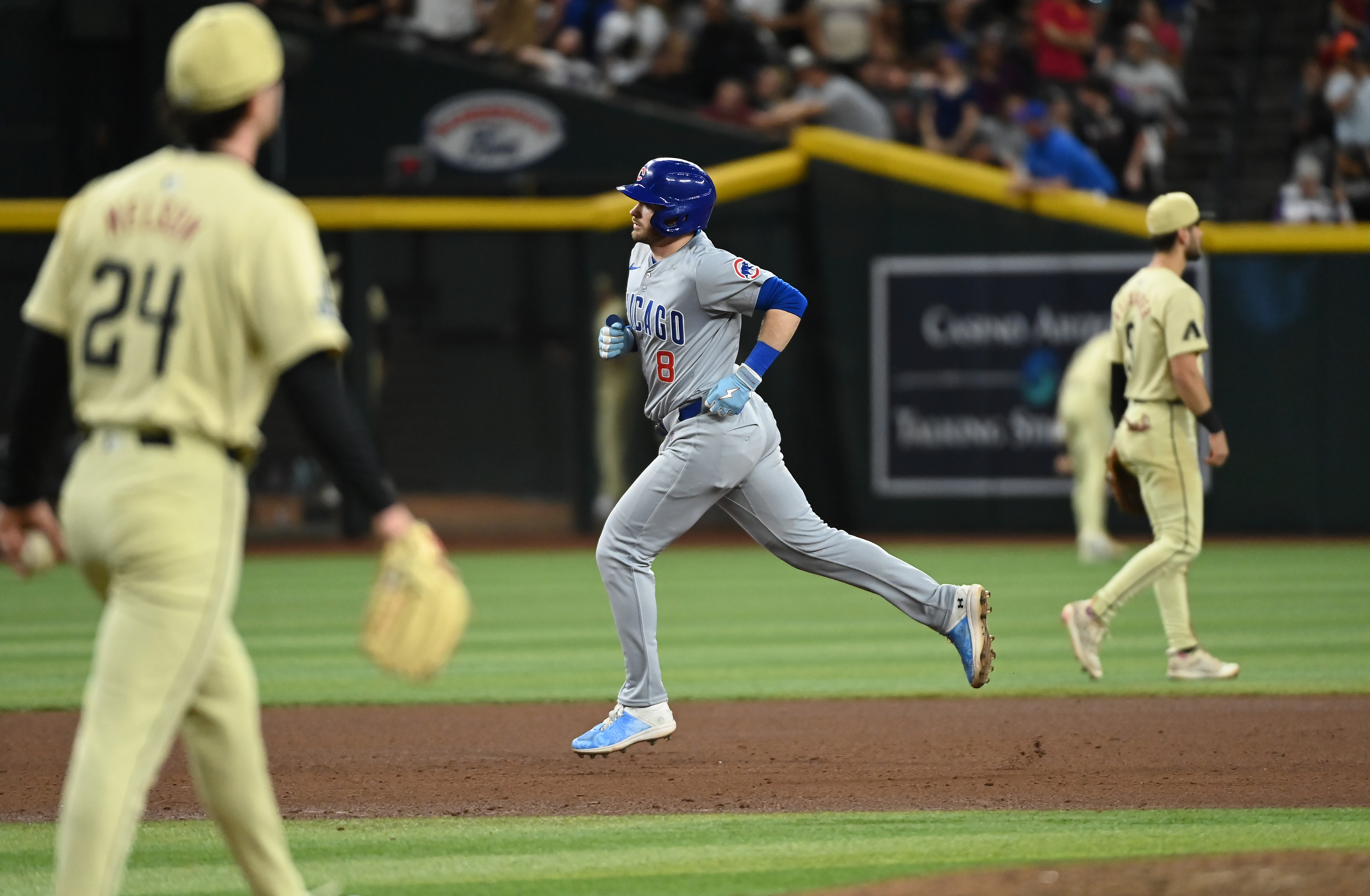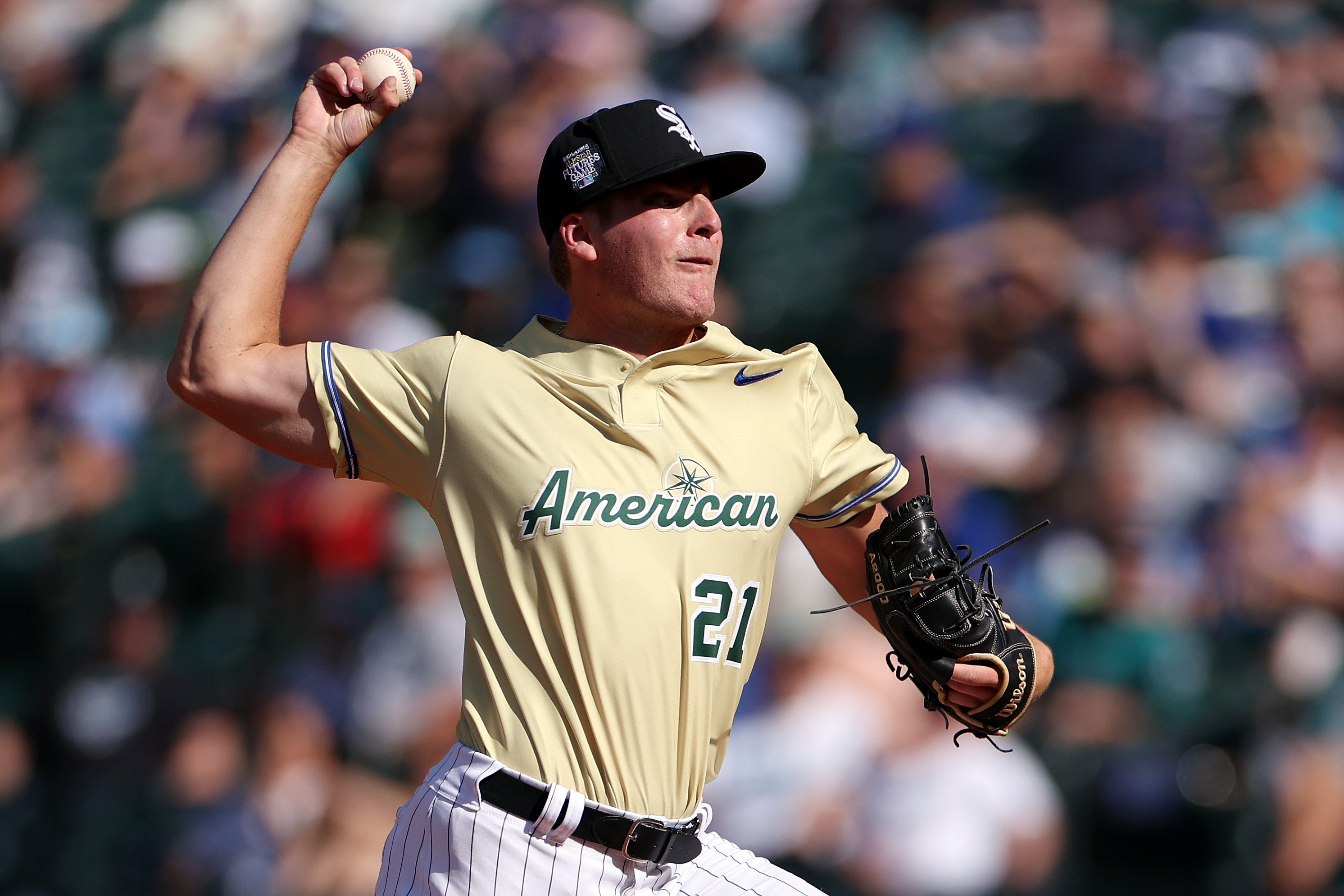In 2019, Tim Anderson led the Majors in batting average, José Abreu led the American League in RBI and Eloy Jiménez became only the third rookie in White Sox history to hit 30 home runs in a season (and he did it despite missing 39 games).
How encouraging is it as a White Sox fan to know that those three things happened without even mentioning the team’s best hitter?
Indeed, the best hitter on the 2019 White Sox was Yoán Moncada, who led the team with 5.7 wins above replacement (according to Fangraphs) and 141 wRC+ (meaning, adjusted for park and league he was 41% better than league average).
Even without using advanced metrics, his .315/.367/.548 slashline to go along with 25 home runs speaks loudly enough. But how did he do it?
He was incredibly lucky!
The White Sox had three of the top six in batting average on balls in play (among qualified hitters).
Yoán Moncada, .406
MLB
Tim Anderson, .399
Bryan Reynolds, .387
Trevor Story, .361
Christian Yelich, .355
Leury García, .353
Danny Santana, .353
Moncada’s .406 on balls in play is absurdly high. It’s the highest by a qualified batter since Rod Carew in 1977 who had a .408 BAbip when he hit .388 and won MVP.
That being said, Moncada is the type of player who should be able to carry a BAbip that’s higher than league average. For example, his career BAbip entering 2019 was .343. There are two reasons why Moncada should be able to maintain a BAbip that’s comfortably higher than league average (even if it’s not close to .406):
- Moncada runs well. Speedy players usually maintain a higher BAbip because they have the ability to beat out grounders for hits.
- Moncada hits the ball hard. Hard hit balls fall for hits far more often than non hard-hit balls. They give the fielders less time to catch them.
Here’s proof:
2019 MLB batting average by exit velocity
85 MPH: .202
95 MPH: .323
105 MPH: .660
That being said, Moncada raised his average exit velocity from 90.6 in 2018 to 92.8 MPH in 2019. That 92.8 MPH is top 3% in the league. That’s elite.
But luck aside, what else happened?
He became a threat from both sides of the plate.
Moncada vs lefties Moncada vs righties
2018: 168 PA, .209/.287/.297, 2 HR 2018: 482 PA, .244/.324/.435, 15 HR
2019: 165 PA, .299/.345/.500, 4 HR 2019: 394 PA, .322/.377/.569, 21 HR
What about his approach?
He became more aggressive at the plate.
| Swing Pct | Swings outside the zone | Walk Pct | |
|---|---|---|---|
| 2018 | 41.1% | 23.3% | 10.3% |
| 2019 | 47.3% | 32.7% | 7.2% |
A big jump in swings in pitches outside the zone is usually not a good thing. But it allowed Moncada to cut back on the called third strikes (a category in which he led MLB in 2018 – 29 more than anyone else), and with that his overall strikeout total plummeted.
| Strikeouts | Strikeout Pct | Strikeouts looking | |
|---|---|---|---|
| 2018 | 217 | 33.4% | 85 |
| 2019 | 154 | 27.6% | 39 |
And as a result…
He did more damage in the strike zone.
His overall batting average improved by 80 points, from .235 to .315, but digging into how he did on pitches in the strike zone, the improvement is even more drastic. I broke it down by each side of the plate.
Yoán Moncada vs Pitches in the Strike Zone
Vs. lefties vs. righties
2018: .232 Avg, .348 SLG 2018: .276 Avg, .500 SLG
2019: .333 Avg, .581 SLG 2019: .381 Avg, .714 SLG
All these positive numbers certainly agree with the eye test, as Moncada’s swing is one of the sweetest in the game. The 24-year old third baseman heads into 2020 looking very much like the superstar that placed him atop the MLB top 100 prospect list in 2016.
Click here to download the new MyTeams App by NBC Sports! Receive comprehensive coverage of your teams and stream the White Sox easily on your device.


